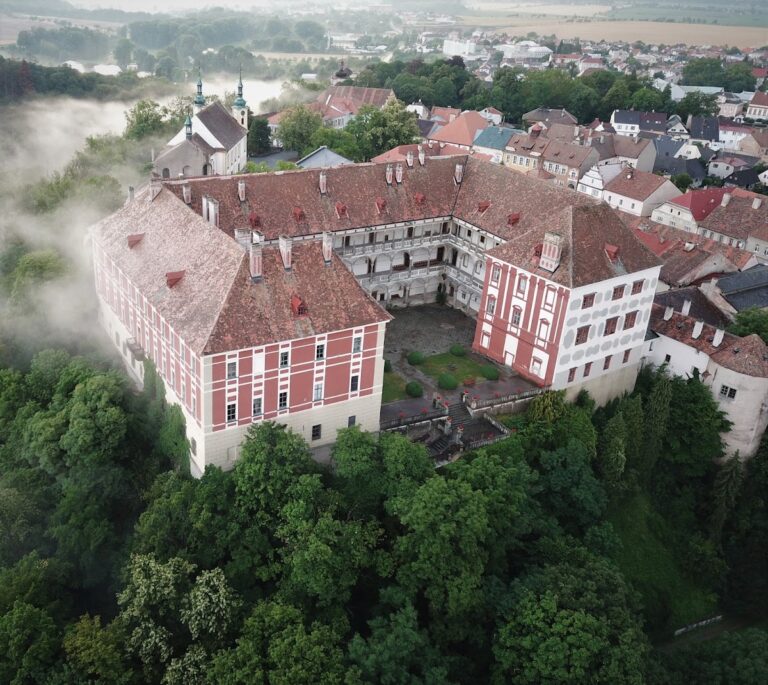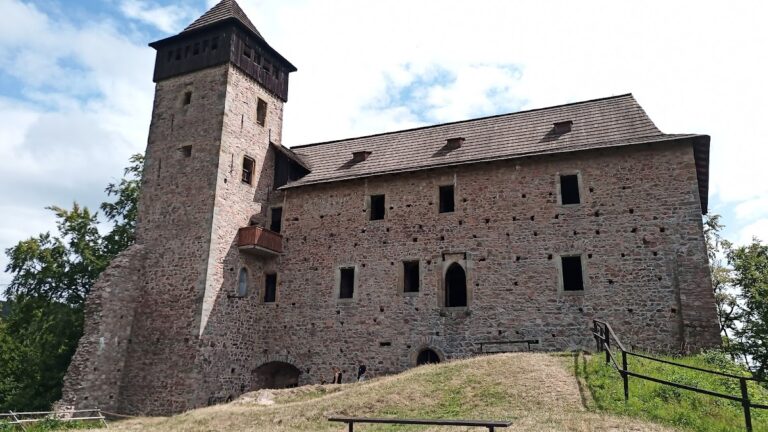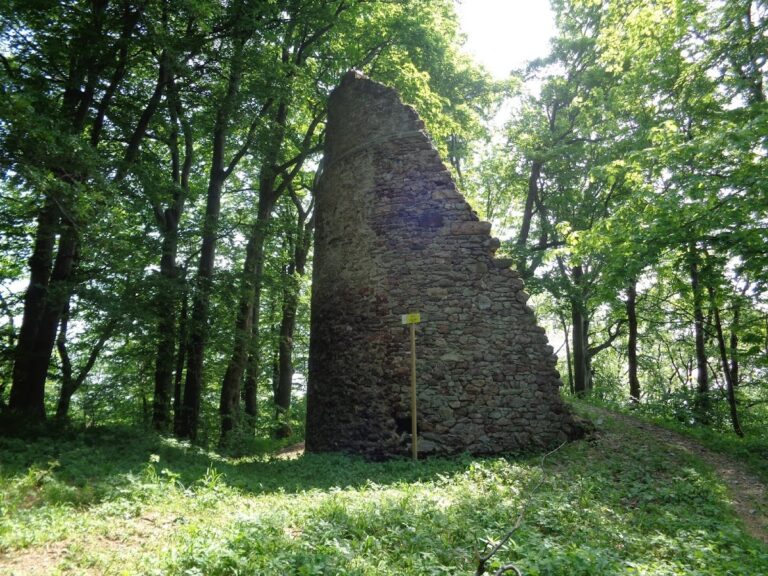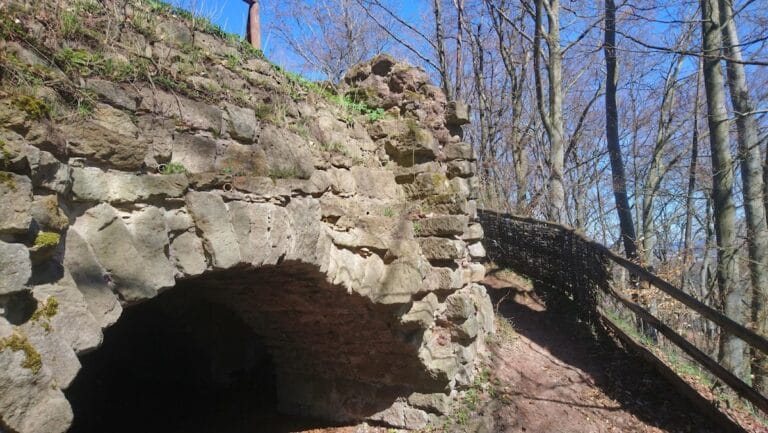Castle Skuhrov: A Medieval Ruin in the Czech Republic
Visitor Information
Google Rating: 4.5
Popularity: Very Low
Google Maps: View on Google Maps
Country: Czechia
Civilization: Unclassified
Remains: Military
History
Castle Skuhrov is a medieval ruin situated near the village of Skuhrov nad Bělou in what is now the Czech Republic. It was established by the Bohemian nobility towards the end of the 13th century, during a period marked by the construction of fortified residences across the region.
The castle’s origins are linked to Jan of Meziříčí, who lived into the early 14th century. His son Tas adopted the surname “of Skuhrov” in 1303, indicating their association with the estate. After Jan’s death, his sons Vznata and Tas divided their inheritance in 1338, with Tas maintaining control of Skuhrov. Tas served under the reign of Charles IV, the King of Bohemia and later Holy Roman Emperor, and records mention him until 1359. Subsequent generations of the Meziříčí family continued to hold the castle, with ownership documented for figures such as Jan and Vznata, and the castle was connected with neighboring estates like Rychmberk.
In 1387, a significant transfer took place when the castle was sold jointly to Půta of Častolovice and Boček of Kunštát and Poděbrady, indicating a change in administration and possibly the castle’s strategic importance. The castle also figured in marriage dowries and inheritance during the late 14th and early 15th centuries. For instance, Anna Osvětimská brought the estate into her marriage with Půta II of Častolovice. After Půta II died in 1403, Anna managed the property herself.
Details about the castle’s status are sparse following this period until 1454. At that time, the estate returned to royal ownership and King Ladislaus the Posthumous granted it to Zdeněk Konopišťský of Šternberk, who then transferred it to George of Poděbrady, an influential noble who would later become king. During this time, the castle may have fallen into hostile hands and sustained damage, though specific accounts are limited.
By the close of the 15th century, documentation indicates that the castle was no longer in active use. In 1495, as part of a transaction involving the Skuhrov estate, Vilém of Pernštejn acquired the lands, but only the settlement of Skuhrov is mentioned, implying the castle itself stood empty. Official mentions from 1558 confirm that the castle was abandoned by then, marking the end of its period as a noble residence and stronghold.
Remains
Castle Skuhrov occupies a slightly trapezoidal area atop a promontory overlooking the right bank of the Bělá stream. The castle’s layout suggests careful planning of defensive positions and living spaces within its walls. The entire complex was enclosed by a perimeter wall, which today is the most well-preserved element of the site. Along this wall, building foundations remain visible on the southern and eastern sides, indicating where residential or service structures once stood.
Access to the castle likely began at a tower gate situated in the northeastern corner of the outer bailey, which served as the first defensive enclosure. Surrounding the front and western sides of this outer bailey was a zwinger, an enclosed outer ward designed to trap or expose attackers, accompanied by a protective moat in front. Beyond the former front wall lies a large rectangular depression, a modern modification serving as the remains of a theater orchestra pit constructed in 1949.
Further defense of the approach to the castle’s central area relied on a neck moat following the western and southern sides. This protective ditch was supplemented by an outer rampart—an earthen embankment enhancing the castle’s fortifications. Notably, the castle’s northeastern corner curves inwards. While earlier interpretations once suggested this feature belonged to a bergfried (a type of tall main tower typical in medieval castles), surviving stonework does not support the presence of such a tower here.
Based on archaeological investigations, historian Tomáš Durdík has proposed that Castle Skuhrov’s main structure included a shield wall—a strong defensive wall facing probable attack routes—or more likely, a two-winged building layout. The discovery of a wall parallel to the front wall points toward this latter arrangement, indicating two wings positioned to defend and organize the castle’s interior space. Despite its ruined state, these surviving elements provide insight into the castle’s defensive design and spatial organization in the medieval period.










